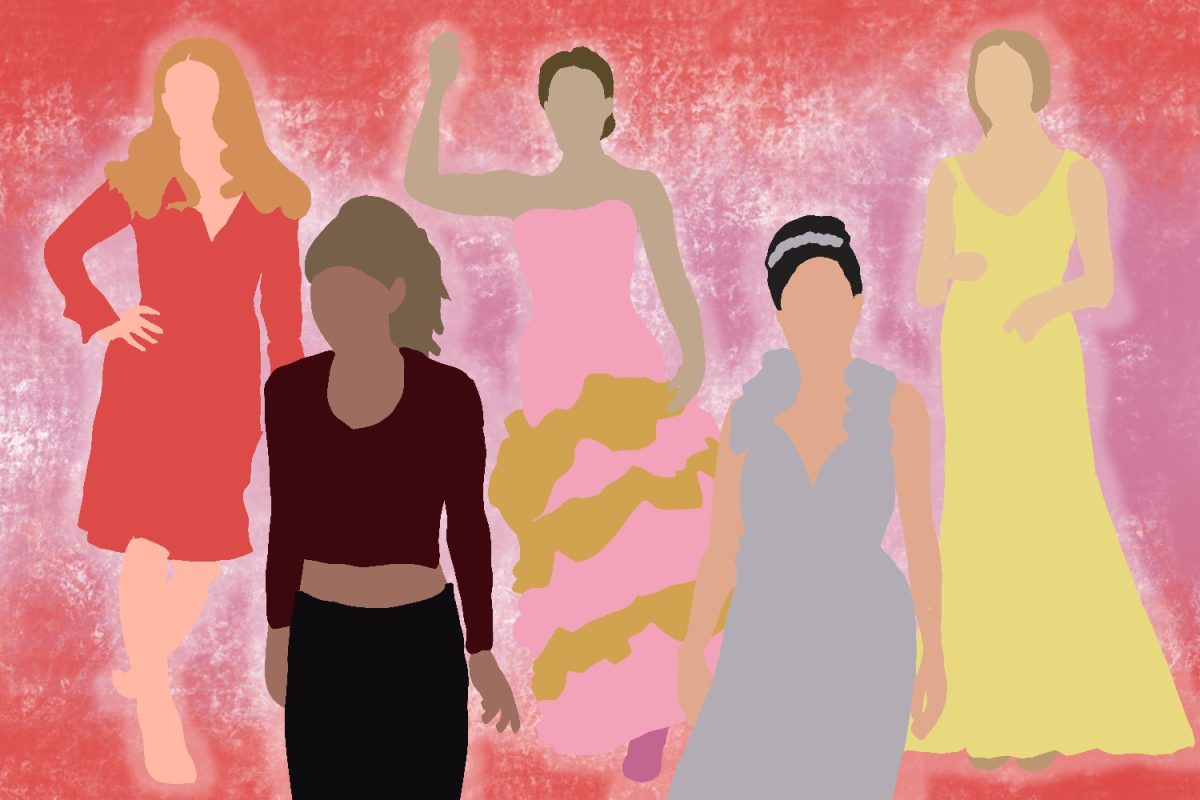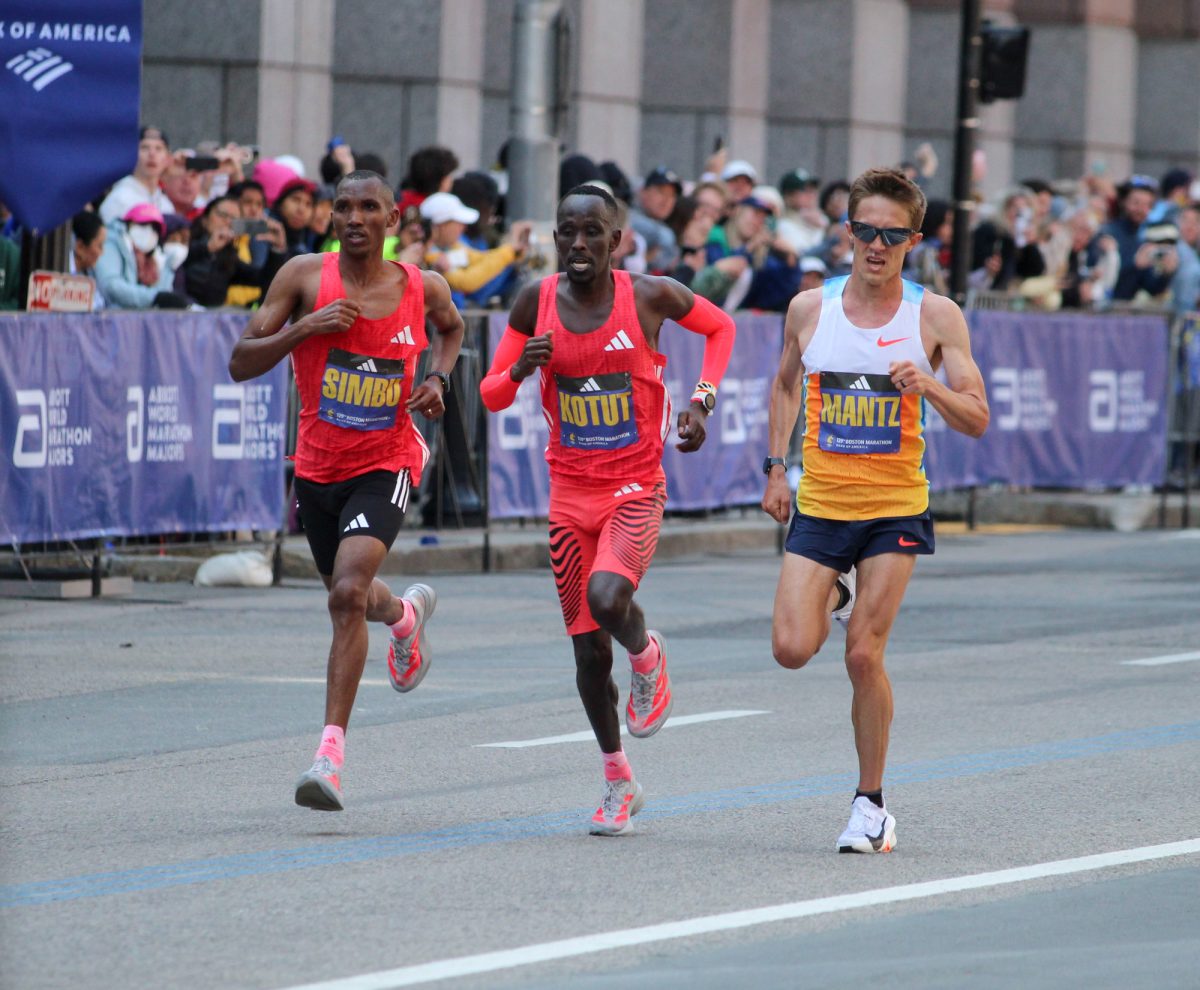With the tagline, ‘The secret isn’t holding on to what you’ve got. It’s letting go of what you’ve lost,’ the sugarless candy cane known as The Safety of Objects wears its audience on its sleeve: a Prozac-popping, under-programmed, dying yuppie class.
Based on a collection of short stories by A.M. Homes, Objects is an attempt to unify the disparate storylines of Homes’ various works into one cohesive tale. Unfortunately, the film is unable to delicately intertwine single story threads into a powerful, layered and meticulously woven narrative like the kind P.T Anderson (Magnolia) and Robert Altman (Short Cuts) famously craft.
The Safety of Objects is the third film from writer/director Rose Troche, and is her first moderately budgeted film featuring top-drawer talent including Glenn Close (Dangerous Liasons), Patricia Clarkson (Far From Heaven), Dermot Mulroney (My Best Friend’s Wedding) and Joshua Jackson (The Skulls), among others.
The title of The Safety of Objects posits that people rely on the comfort of their belongings to protect them from the harsh realities of life. Troche describes the film as the ‘stories of these four families. And as the stories culminate, each person has to lose something to go on [that is,] if they don’t want to self-destruct.’
In order to do this, these characters must shed their one essential flaw. To the film’s detriment, each character’s flaw seems unbelievably contrived. Each character in this film is issued a cliché malady, a redeeming trait and a designated defining moment.
In the film’s quest to follow the golden rule of ‘the more suburban dysfunction, the merrier,’ the plot gets trapped in a white picket fences prison. The film is so rigid in its adherence to its pre-graphed storyline that it becomes transparent and is unable to embrace the slightest touch of chaos that might make the film enjoyable to watch.
There is nothing innovative or particularly poignant about Objects; it is just a slicker and more expensive rendition of a Lifetime Original movie. Instead of painting a vivid and distinct portrait of characters in delicate and different shades, the film coats each character in a dull, predictable primary color.













































































































